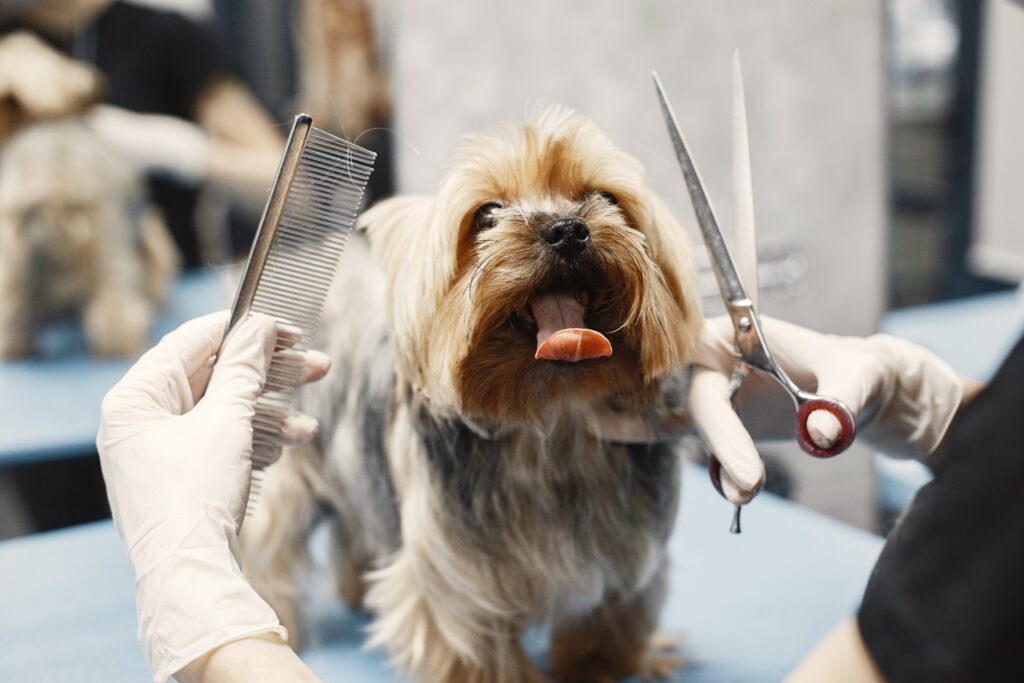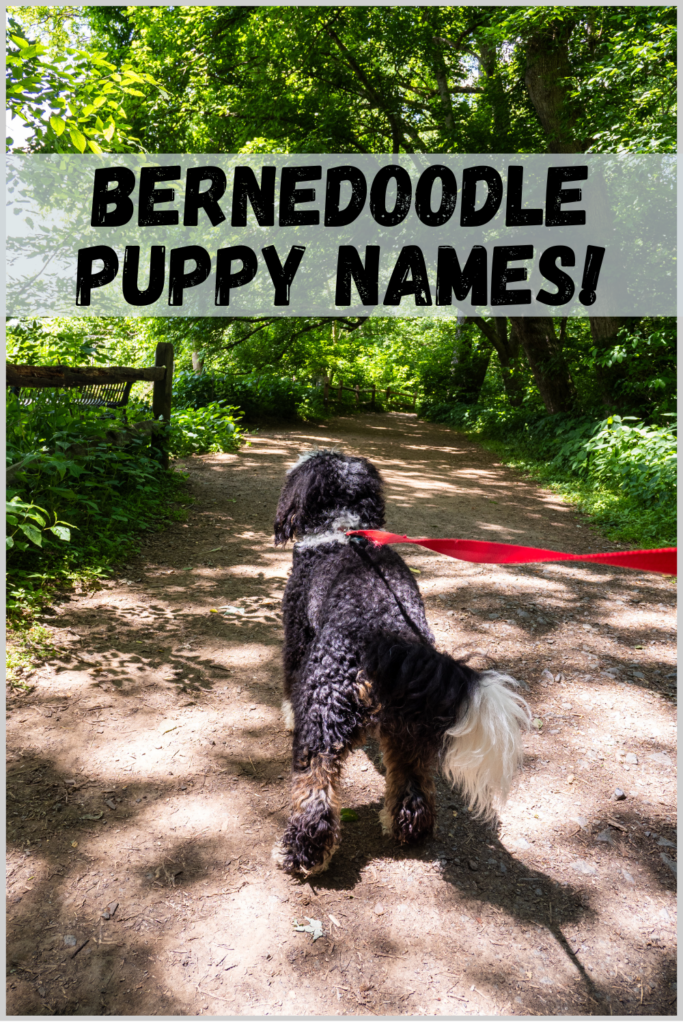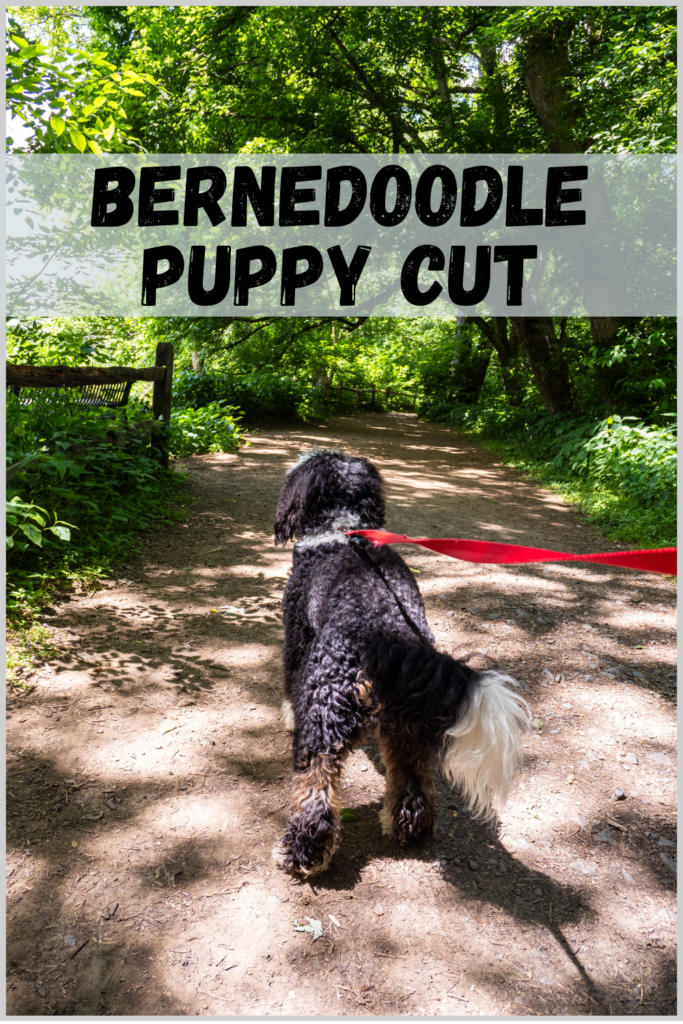
13 Important Dog Health Facts Every Dog Owner Should Know
Getting a dog soon and want to know some of the most important dog health facts? From interesting funny facts to seriously helpful ones, we will highlight 13 important canine health facts that every dog owner should know!
Knowing more about your dog and how they behave, live, and communicate is the best thing you can do to build a closer bond. Understanding how to communicate also helps you better advocate for their needs, one of the best things you can do for your pup.
As always, we strive to bring you up-to-date, research-based information on dog diet, health, and nutrition to give your best friend the long life they deserve.
This post is all about 13 must-know, important facts that every dog owner or potential dog owner should know!

13 Must-Know Dog Health Facts!
#1: Dogs have dichromatic color vision, which means they can only see shades of blue and yellow
Ditch those red and green toys at the pet store, and look for bright blue and yellow toys! Those are the ones meant for your dog. Note that they can see different shades of blue and yellow, so anything along the blue and yellow color spectrum will work. Maybe that’s why they love those yellow tennis balls so much!
#2: Dogs have 50x more smell receptors compared to humans.
Their noses are powerhouses. Have you ever noticed that their nose is almost always wet? It’s to help absorb the scent chemicals. They can smell wayyyyy better than us, which is why you should incorporate scent training into your training routine. It is amazing mental stimulation, and can really hone in on an amazing talent of theirs.
Take a few treats, hide them around your house, and watch them get so tired sniffing for those treats. Great for one of those rainy-day indoor mental enrichment activities! When first starting out, keep them hidden in a small room and in plain sight. Continue to expand throughout the house once they get the hang of it!
#3: Dogs have fewer taste buds than humans. However, they have taste buds specifically for water.
Have you ever wondered why your pup laps up water like no tomorrow? It’s because water actually tastes like something to them! Unlike humans, they have specific taste buds for water and therefore must enjoy water much more than we do. Don’t forget to fill up their water bowls <3
However, they do have fewer taste buds than us. But fear not, just like humans, eating food has two components (scent and taste). Where dogs are lacking in taste buds, they make up with their noses. That’s why your pup will never miss a chance to try some human food and can smell it a mile away.

#4: Dogs spayed or neutered tend to live longer than intact dogs
The chances of getting cancer increase by 6% if they are intact. Though this number does not seem like much, getting them spayed or neutered has many other benefits AND significantly reduces the percentage. It is a preventative step that will pay off in the long run!
#5: When your dog sniffs another dog’s urine, it’s like seeing their dating profile.
When they smell another dog’s urine, they can get information like how old or young they are, if they’re a female or male, healthy or sick, and happy or angry! What does that mean for us dog owners? Let them have some sniff breaks and enjoy what they can with that crazy sniffer.
#6: Dogs don’t sweat to cool down
Dogs don’t have as many sweat glands as we do, and they only exist on their paws. They cool down much faster through panting. If you’ve taken your dog on a long walk, make sure to let them cool down properly. They need water, time, and rest to pant the heat out.
#7: Dogs go through a rebellious phase between 5-18 months of age
Boy… do they try to test your boundaries. It’s almost like everything they learned beforehand just flew out the window. They might not listen, give you some judgemental stares, try to punk you, and try to get away with almost everything. Know that this phase passes, be patient while training, and make sure that whatever they do, is not getting them into real trouble.
Let me tell you a story… My dog, who had amazing recall until she turned 9-10 months old, decided to one day not listen and almost run into the street at the park we walk at. She thought it was funny because she had never gone that way. Her off-leash privileges were revoked for the remainder of her rebellious phase LOL!

#8: Dogs having pee spots is a way to show other dogs where they’ve been and what they’re doing
Do you ever wonder why they always pee in one spot? It’s because after peeing once, it’s them coming back to mark their territory and show everyone that they’ve been there. That’s why your dog wants to pee on fire hydrants after other dogs.
#9: Joint issues are a prevalent problem among large dog breeds
Whether it is due to genetic predisposition or to environmental factors like age and fitness level, large dog breeds often develop joint pain and joint issues. Glucosamine and chondroitin are proven to help with joint inflammation and can be taken long-term without any harmful effects. Therefore, a joint supplement should be something to add to their diet today!
This one is our favorite: MYOS Canine Muscle & Joint Formula with Fortetropin & Green-Lipped Mussel Supplement for Dogs ($54.99). It has all of the right ingredients for their muscle and joint health, is a powder that my dog LOVES the taste of, and makes my dog happy and energetic with what seems like no joint and muscle weakness.
#10: Dental health issues are a prevalent problem among small dog breeds
Dental health is a big issue among smaller dog breeds. It is, no doubt, more challenging to add brushing their teeth into their daily routine. However, it is something to start doing from the very beginning. Ideally, they should get their teeth brushed once every day. If that’s not possible, give them provenly effective dental chews, teeth-cleaning foods or even raw meaty bones (if you feed your dog a BARF or other raw diet, and know the nuances of it!).
#11: Brushing your dog’s teeth is a relatively easy, yet effective preventative step against heart disease
Periodontal (gum) disease is proven to increase the chances of heart disease, so help your pup out and make sure their teeth are being cleaned as best as possible! There are not many other ways to prevent heart disease, and once diagnosed, can be a long process that I do not wish on anyone! Brush their teeth daily and start exposing them young!

#12: Signs of an uncomfortable dog
- no eye contact or intense eye contact
- tail tucked
- brows furrowed
- ears up and alert or flattened back
- growling
- grinning
- showing teeth
Know the signs of an uncomfortable dog. Learn to read and respect their boundaries. They might be extremely uncomfortable, angry, or anxious in situations you put them in, so remember them and look out for them!
The last thing any dog owner wants is for them to hurt someone for not respecting their boundaries and knowing what they need. They can’t tell us how they feel, so learn to read their behavior, as they could be showing you something important about how they feel.
#13: Signs of a happy dog
- soft, relaxed eye contact with many blinks
- floppy ears
- tail wagging
- mouth slightly open
- rolling on their backs.
On the flip side, learn what they like and when they are happy. If you’re giving them scratches and their ears are relaxed and almost smiling with their mouth open, you know they like scratches.
Dogs cannot talk. The way they communicate is through body language. Learning how they communicate is key to creating a safe, exciting, and happy environment for everyone involved!
Conclusion
These 13 dog health facts were a mix of both interesting and important information to know about your dogs. Whether you’re just getting one or you’re a veteran puppy lover and owner, use these helpful facts to connect with your furry friend. Let me know which fact you like the most by leaving a comment below!



